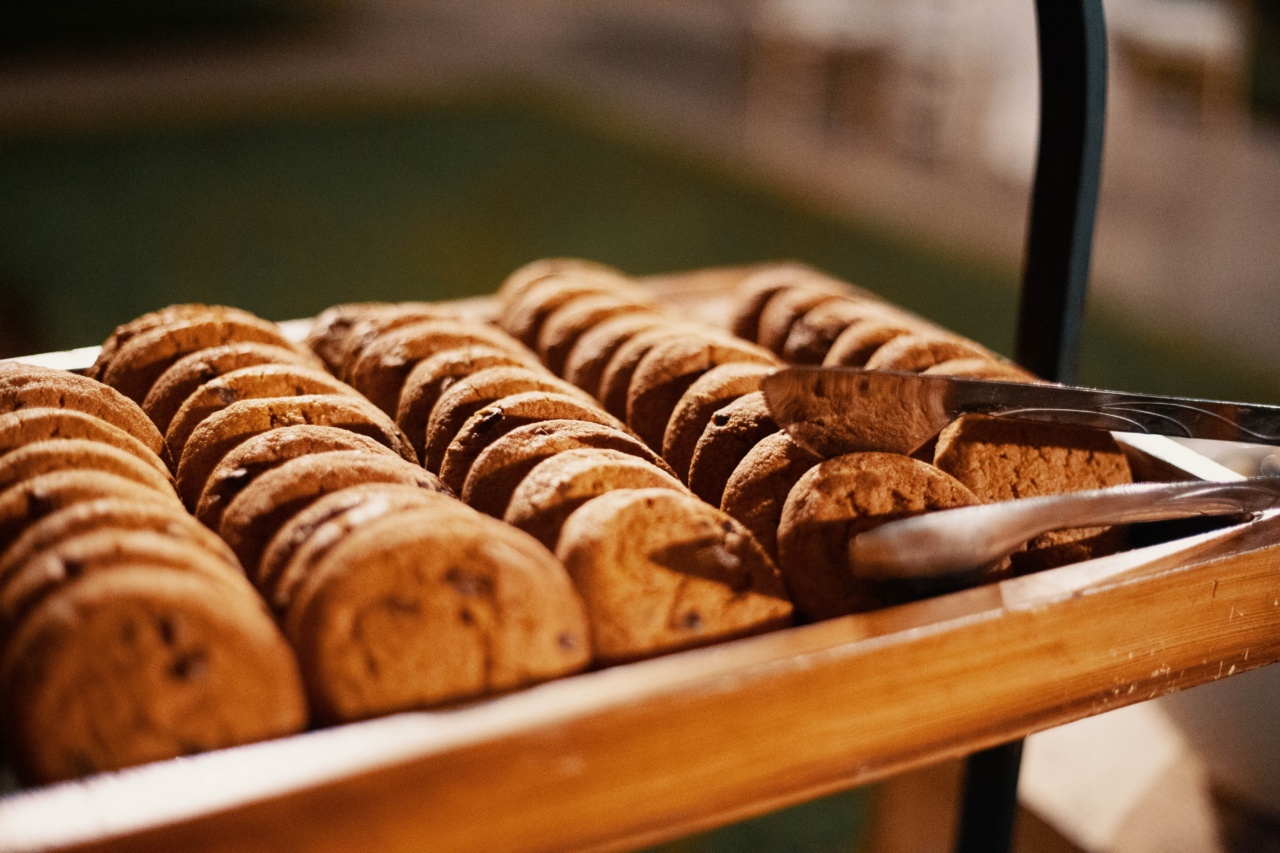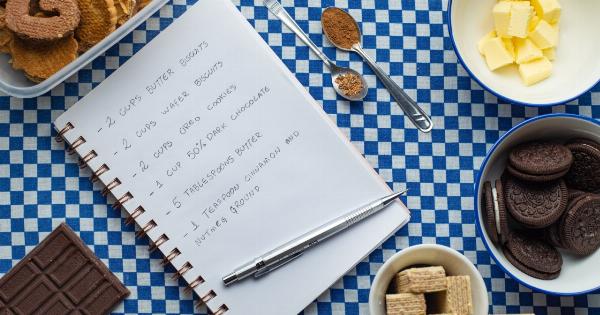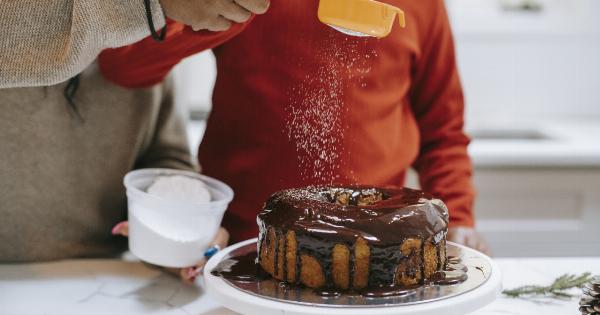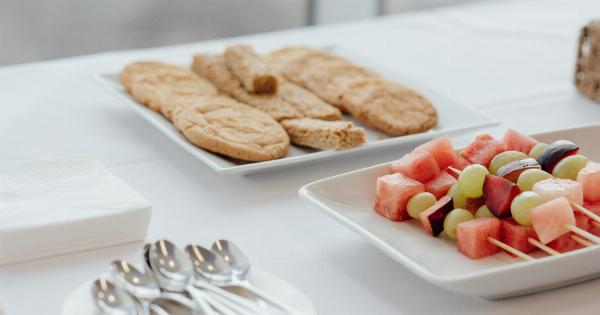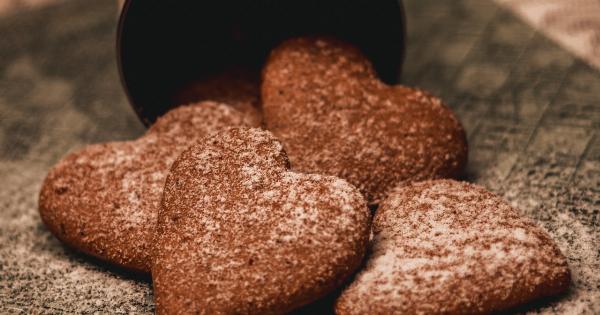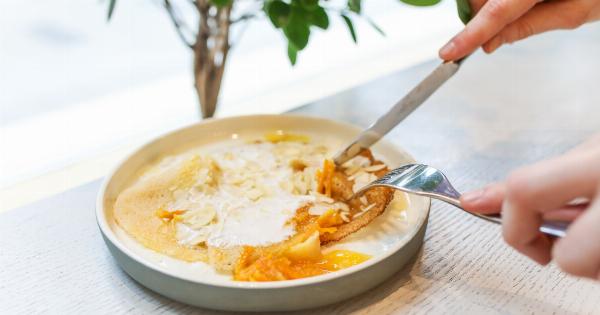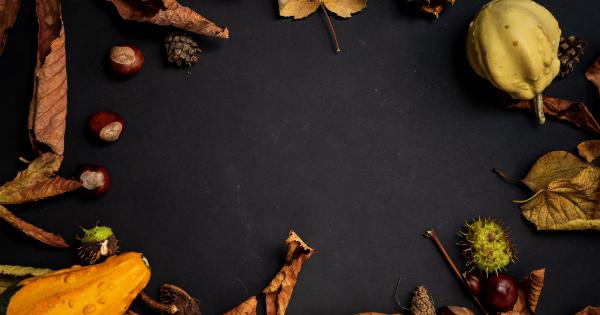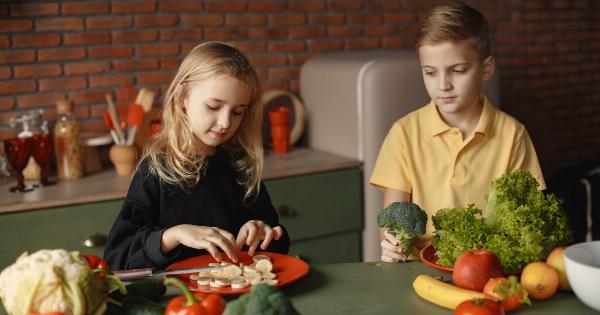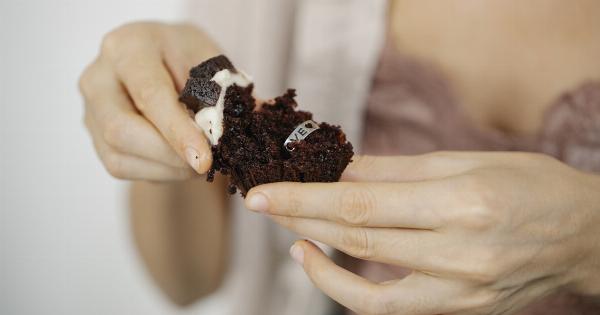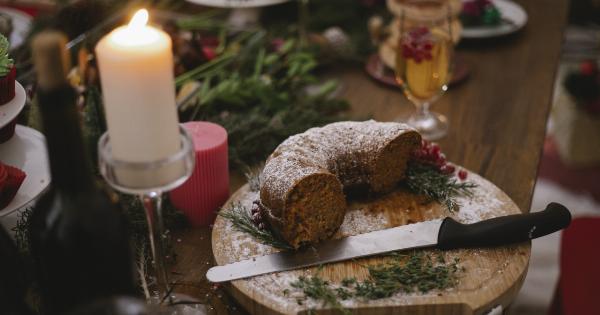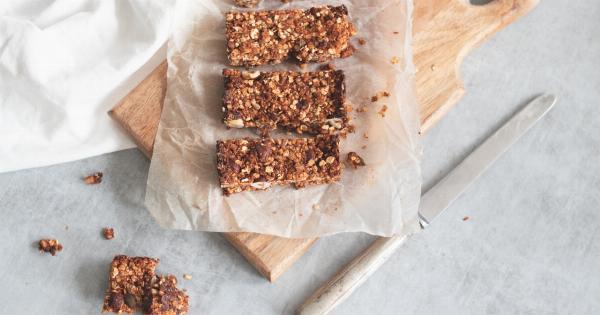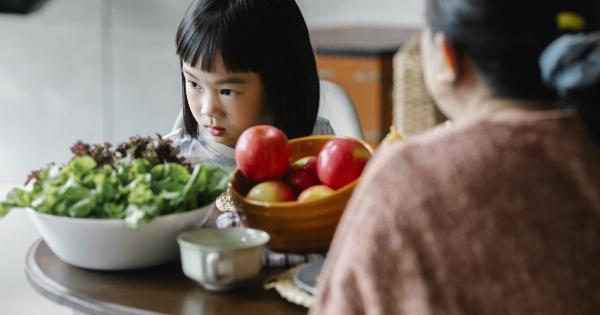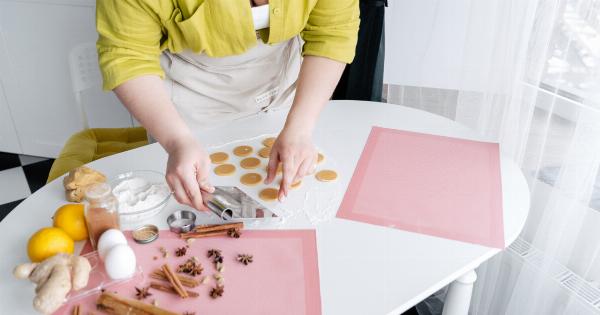Sugar cookies are a delightful treat that can bring a smile to anyone’s face. The combination of buttery sweetness and a soft, crumbly texture is pure perfection.
And when you add a hint of cloves to the mix, you create a flavor profile that is nothing short of divine. In this article, we will explore the wonderful world of sugar cookies and cloves, and learn how to bake the most amazing batch of cookies you’ve ever tasted.
The History of Sugar Cookies
The origins of sugar cookies can be traced back to the 17th century in Europe. These sweet treats were first introduced by Dutch settlers who brought the recipe with them to America.
Initially known as “koekjes” (a Dutch word meaning “little cake”), sugar cookies were typically made with simple ingredients such as sugar, butter, and flour. Over time, the recipe evolved and became a staple in American households.
The Magical Ingredient: Cloves
Cloves are a spice that originates from Indonesia and are known for their warm, aromatic flavor. These small dried flower buds are often used in cooking and baking to add a unique touch to dishes.
When it comes to sugar cookies, the addition of cloves elevates the flavor profile and creates a warm and inviting taste.
Baking the Perfect Sugar Cookies with Cloves
Now that we understand the history and magic of sugar cookies and cloves, let’s dive into the process of baking these delectable treats from scratch. Follow the steps below to make your own batch of heavenly sugar cookies:.
Ingredients:
- 1 cup unsalted butter, softened
- 1 cup granulated sugar
- 2 teaspoons vanilla extract
- 2 eggs
- 3 cups all-purpose flour
- 1 teaspoon baking powder
- 1/2 teaspoon salt
- 1/2 teaspoon ground cloves
Instructions:
- Preheat your oven to 350 degrees Fahrenheit (175 degrees Celsius).
- In a large mixing bowl, cream together the softened butter and granulated sugar until light and fluffy.
- Add the vanilla extract and eggs to the bowl and mix well.
- In a separate bowl, whisk together the all-purpose flour, baking powder, salt, and ground cloves.
- Gradually add the dry ingredients to the wet ingredients and mix until a dough forms. Be careful not to overmix.
- Roll out the dough on a lightly floured surface to a thickness of about 1/4 inch.
- Use cookie cutters to cut out your desired shapes and place them onto a baking sheet lined with parchment paper.
- Bake for 8-10 minutes, or until the edges of the cookies are lightly golden brown.
- Remove from the oven and let the cookies cool on a wire rack.
- Once cool, you can decorate the cookies with icing or enjoy them as they are.
Get Creative with Sugar Cookies and Cloves
While the basic sugar cookie recipe with cloves is delightful on its own, there are endless ways to get creative and add your own personal touch. Here are a few ideas to inspire you:.
- Drizzle melted chocolate over the cooled cookies for an extra dose of decadence.
- Sprinkle colored sugar or edible glitter on the cookies before baking for a festive touch.
- Add a teaspoon of lemon zest to the dough to give the cookies a citrusy twist.
- Create sandwich cookies by spreading a layer of jam or frosting between two cookies.
Enjoy the Sweetness
Sugar cookies and cloves are a match made in dessert heaven. The rich and buttery cookies combined with the warm and aromatic flavor of cloves create a taste sensation that is pure bliss.
Whether you’re enjoying these cookies on a cozy winter evening or sharing them with loved ones during the holiday season, one thing is for certain – they’re guaranteed to bring joy to your taste buds and leave you craving more.
